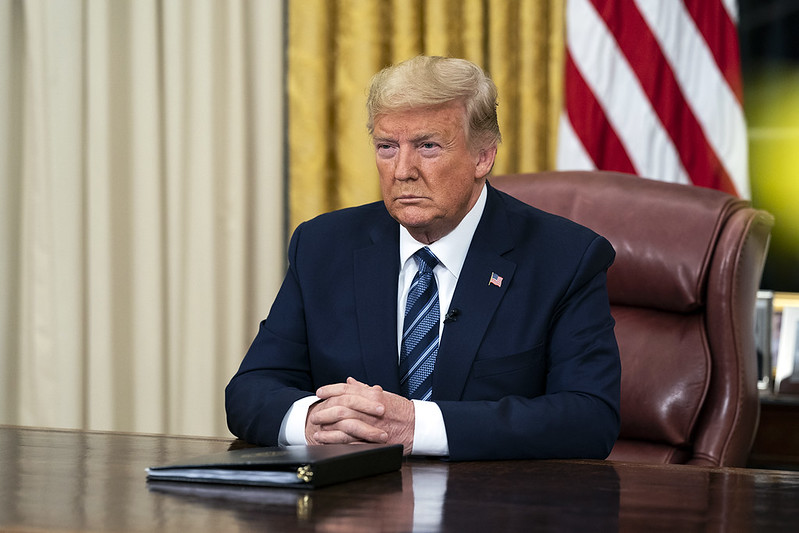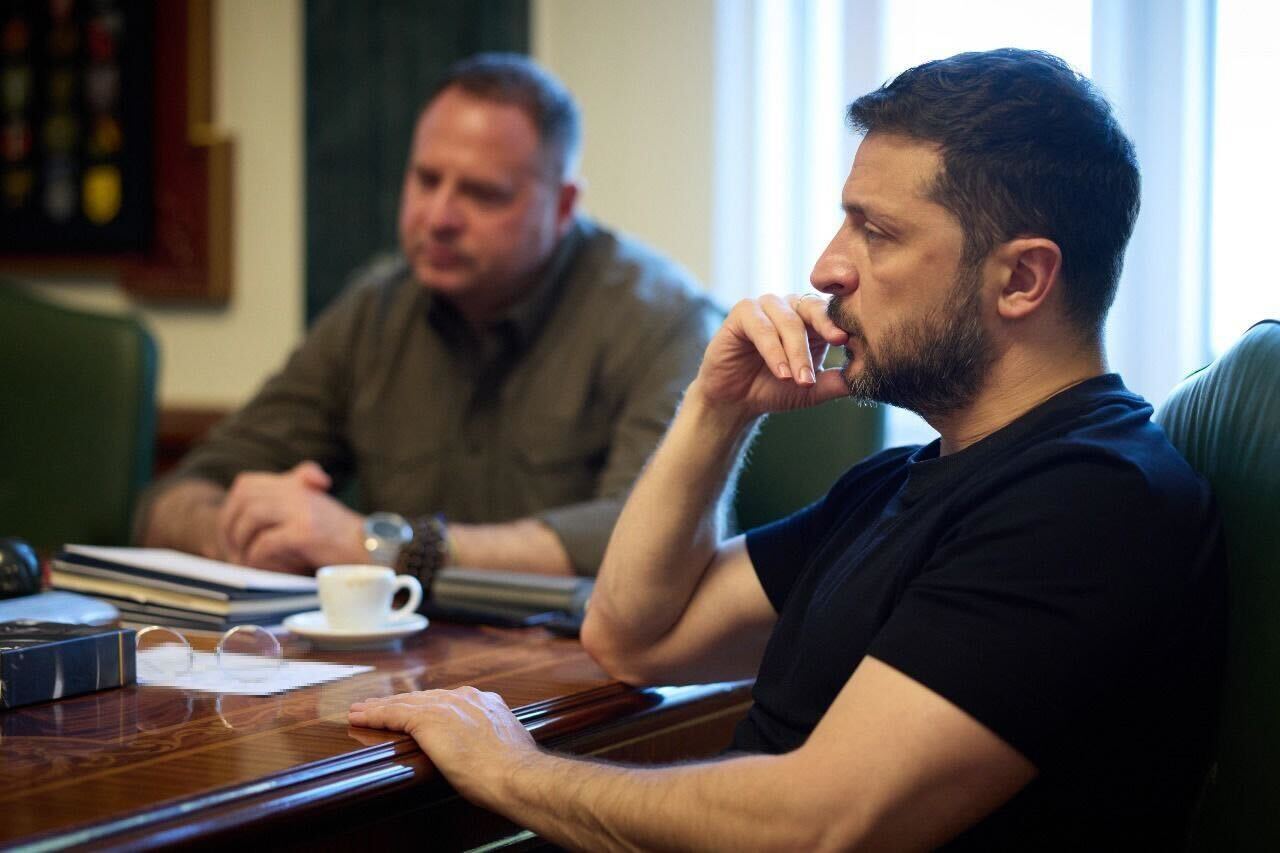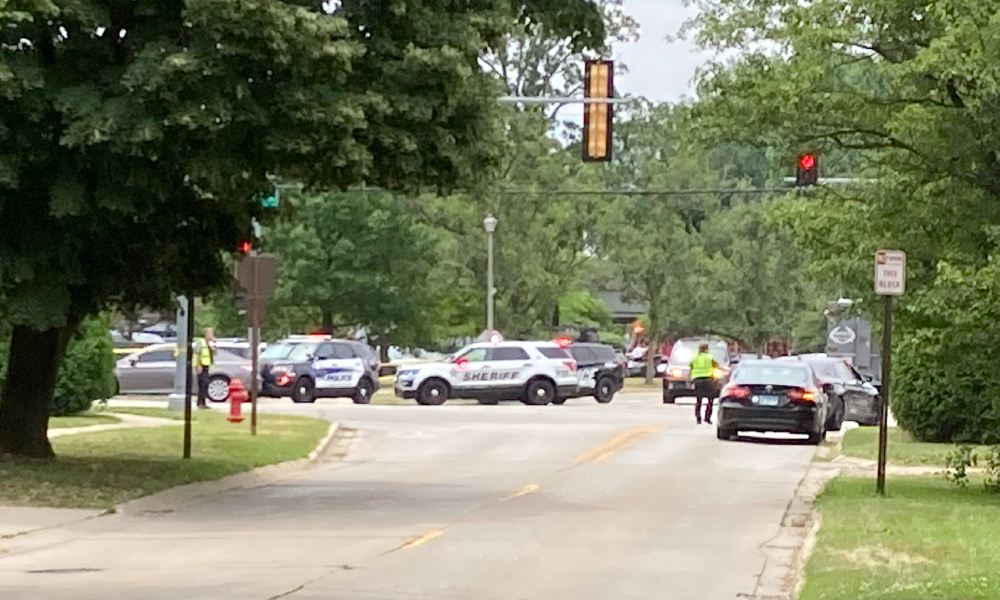The Executive Unbound, Pandemic Edition
The coronavirus pandemic is an opportunity to evaluate four theories of crisis government under the current constitutional system.

Published by The Lawfare Institute
in Cooperation With

A few years ago, Adrian Vermeule and I published a book entitled “The Executive Unbound,” which was composed of some earlier law review articles sandwiched between a new introduction and conclusion. The book asserted that the “Madisonian” constitution, which emphasizes checks and balances among the three branches of government, had given way to an administrative state led by a president who was subject to some weak checks from Congress, the courts and the states. We argued that the president was mainly constrained by “political checks”—public opinion, elections, party competition and the like. And we argued that it would be best if this reality were recognized and if everyone got used to it, because there was no obvious alternative. In our view, the enormous law review literature exploring ways to reinvigorate checks and balances (liberals focused on wartime abuses of civil liberties, conservatives focused on New Deal-style restrictions on economic liberty) was misdirected. No such reinvigoration was politically possible or, as we claimed, desirable. Law professors should focus instead on improving the political constraints on the presidency.
Critics charged us with overstating the shift to the administrative state, and took us to task for our blithe optimism about the consequences of this shift for public welfare and civil liberties. Perhaps understandably, the critics focused on the introduction and conclusion, which overstated our themes and used some sloppy language that suggested that “law” itself was out the window. However, the book’s focus lay elsewhere. It originated in an article we wrote titled “Crisis Governance in the Administrative State,” and its real motivation and substance was centered on crisis—the “security crisis” of 9/11 and the financial crisis of 2008. We didn’t think the president could do whatever he wanted at any time. But crises were a special case and one that could spill over beyond the often ambiguous “crisis period.” Here is a snippet from that piece:
The first claim is that broad political processes and constraints operated similarly in both episodes [9/11 and 2008] to create a generally similar pattern of crisis governance and emergency lawmaking. In the modern administrative state, it is practically inevitable that legislators, judges, and the public will entrust the executive branch with sweeping power to manage serious crises of this sort. Despite traditional concerns about excessive delegation of power to the executive, who may abuse that power or exploit it for unrelated ends, other actors have no real alternative in such cases. Political conditions and constraints, including demands for swift action by an aroused public, massive uncertainty, and awareness of their own ignorance leave rational legislators and judges no real choice but to hand the reins to the executive and hope for the best.
After President Trump declared a national emergency regarding the coronavirus pandemic on March 13, Senate Minority Leader Chuck Schumer offered his support and then said, “[T]he president must not overstep his authority or indulge his autocratic tendencies for purposes not truly related to this public health crisis.” The contradiction between Schumer’s action and words could hardly be a purer illustration of our thesis.
But in the Trump era, the optimism of the book about the shift to president-led administrative government is less sustainable than it might have been a few years back. What will stop this president from indulging his autocratic tendencies (or his tendencies toward bluster, disorganization and incompetence) with the massive powers at his disposal? Not Congress, which cannot revoke statutory authorization of emergency power without a veto-proof majority. Congress gave the president virtually unlimited powers to address public health crises caused by contagion, and is now giving him a ton of money to throw at the present economic disruption and the public health threat. Governors, too, have drawn on statutes that give them virtually unlimited power to shut down public life during emergencies. The laws give courts little leverage for second-guessing the president or the governors; common sense suggests that the courts will not block even the most intrusive constraints on civil liberties—mandatory quarantining, the closing of borders, mass house arrest—unless the evidence of abuse is overwhelming.
These authorities are being put into place, and civil liberties advocates have been relatively quiet. The public wants action, and the more draconian, the better.
This means that abuses will take place, and when they do, some people will call for Congress and the courts to reassert themselves against the president (or the governors). Congressional responses to both 9/11 and the 2008 crisis suggest that the legislature is more likely to give the president additional powers, or ratify his assertions of power, than it is to constrain him—at least in the short to medium run. The courts will act slowly and at the margin, if at all. The major actions of the courts so far have been to shut their doors.
What about the long term? Does constitutional life revert to normalcy, or is it changed forever? The present crisis is an opportunity to test, or at least evaluate, four theories of crisis government under the current constitutional system.
- The Liberal View. Crises are fully anticipated and regulated by the legislature. If the executive needs new powers, the legislature must authorize them at the start of the crisis. While the executive has limited discretion to execute the legislative plan, the legislature may at any time revoke it.
- The Constitution With Exceptions. During crises, policymaking discretion is transferred, both legislatively and constitutionally, to the executive. However, the discretion is cabined. For example, the legislature must recognize the crisis in a declaration of some sort or ratify the executive’s actions, and it must retain the power to declare an end to the emergency, returning the power distribution to the status quo. Fundamental constitutional rights remain in force.
- The Emergency Constitution. Take the Constitutions With Exceptions theory, and imagine that the beginning and ends of crises are not so easily determined. The legislature preauthorizes emergency powers, which the executive may invoke at its discretion, and the executive may be entitled to reject legislative efforts to put an end to the emergency or micromanage the response. Every crisis response, even when completed, leaves a residue of statutory authorizations and constitutional understandings that enhance the power of the executive even during periods of normalcy so that it may be prepared to address the next crisis.
- We’re Always in Crisis. Take the Emergency Constitution view, and imagine that one crisis follows another without breathing room, Weimar-style. Here, presidential or at least administrative authority is at its apex, legislative and judicial authority on the decline, but political constraints may be binding.
I would rule out #1 as a treasured myth, and the country has not yet reached #4. Perhaps, the United States is hovering somewhere between #2 and #3. Every crisis not only calls for an executive-led response; it also reveals a gap in the existing crisis-response framework and thus calls for yet greater transfer authority to the executive, as both 9/11 and 2008 demonstrated. I predict that 2020 will demonstrate this as well. The U.S. may not be located at #3 but seems to be moving in that direction—the direction of the Executive [Not Quite But Almost] Unbound.
It may seem that national crises occur more frequently than in the past. Or perhaps, as terrorist attacks, economic crises, and plagues have always been with us, what is different is that the national government has the capacity to respond more aggressively than in the past—and the public expects it to use that capacity to protect it.
It may not matter which alternative is correct. The question is: If the public is capable of electing people like Donald Trump, can the country tolerate a powerful, president-led, crisis-driven administrative state with weak institutional checks? And if Americans design an alternative system that revives the powers of Congress and the courts; that is not merely a replica of the failed Constitution of 1789; and that is capable of protecting the U.S. from the next terrorist attack, financial crisis, pandemic and as-yet unimagined crisis that lies on the other side of the horizon—what would that system look like?



-(1).png?sfvrsn=fc10bb5f_5)

